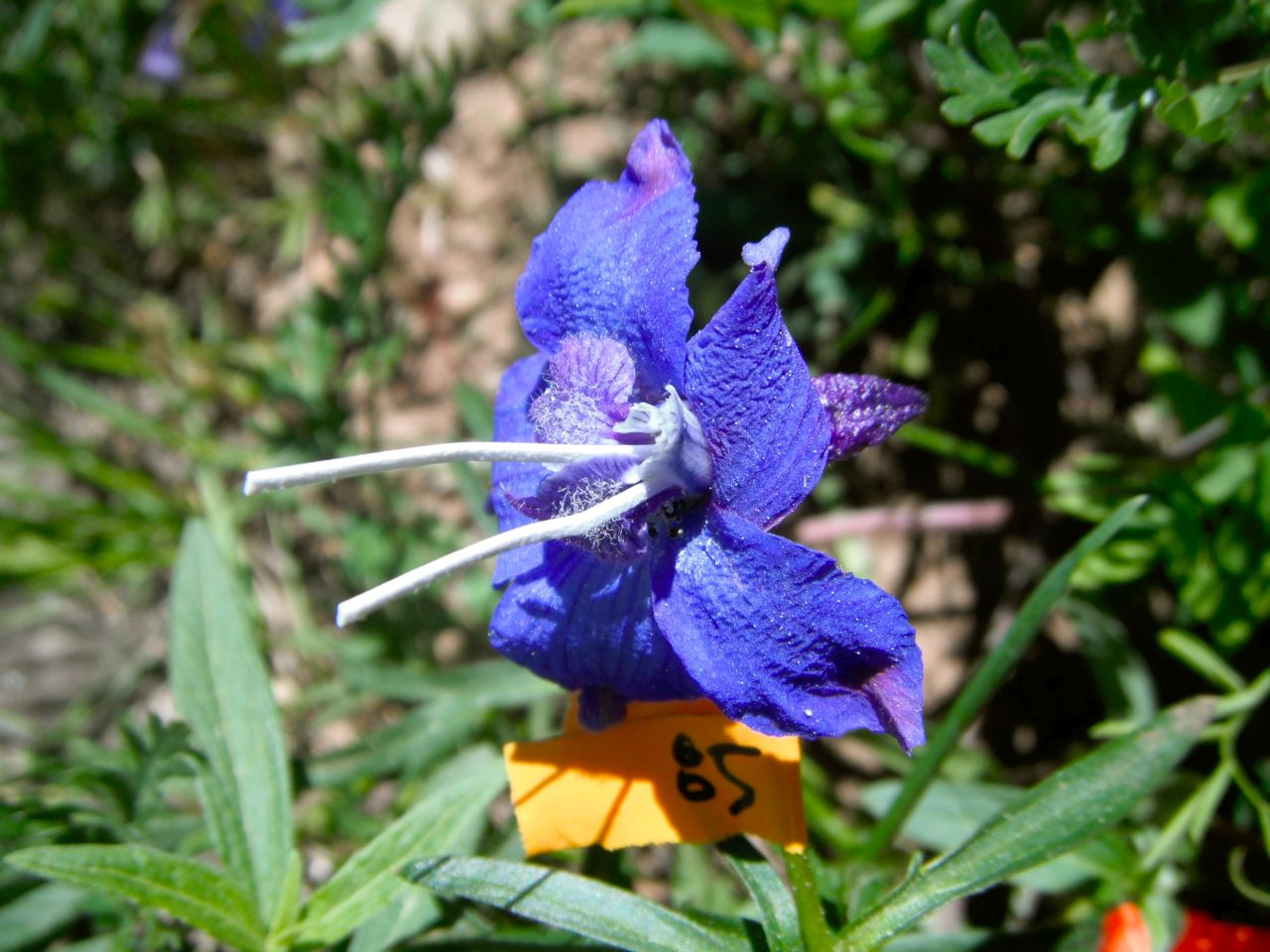Stimulation of flower nectar replenishment by removal: A survey of eleven animal-pollinated plant species
DOI:
https://doi.org/10.26786/1920-7603(2014)2Abstract
Understanding the interaction between reward-seeking flower feeding animals and plants requires consideration of the dynamic nature of nectar secretion. Studies on several plants suggest that nectar secretion may increase in response to its removal, but it is not clear whether the phenomenon is widespread. We determined whether 11 species of Colorado mountain wildflowers showed removal-enhanced nectar replenishment (RENR). We measured floral phenology, nectar volumes, rate of replenishment, and compared the cumulative nectar produced following five hourly removals with that accumulated after five hours. Nectar replenishment occurred rapidly, within minutes; statistically significant RENR was observed in 9 of our 11 study species, with the strongest effects in bee-pollinated species. We discuss the implications of RENR in plant species on the measurement of nectar, the adaptive advantage of RENR, and the energetic costs of RENR.

Downloads
Published
How to Cite
Issue
Section
License
Copyright (c) 2014 Elaine Y Luo, Jane Elizabeth Ogilvie, James D Thomson

This work is licensed under a Creative Commons Attribution 4.0 International License.











